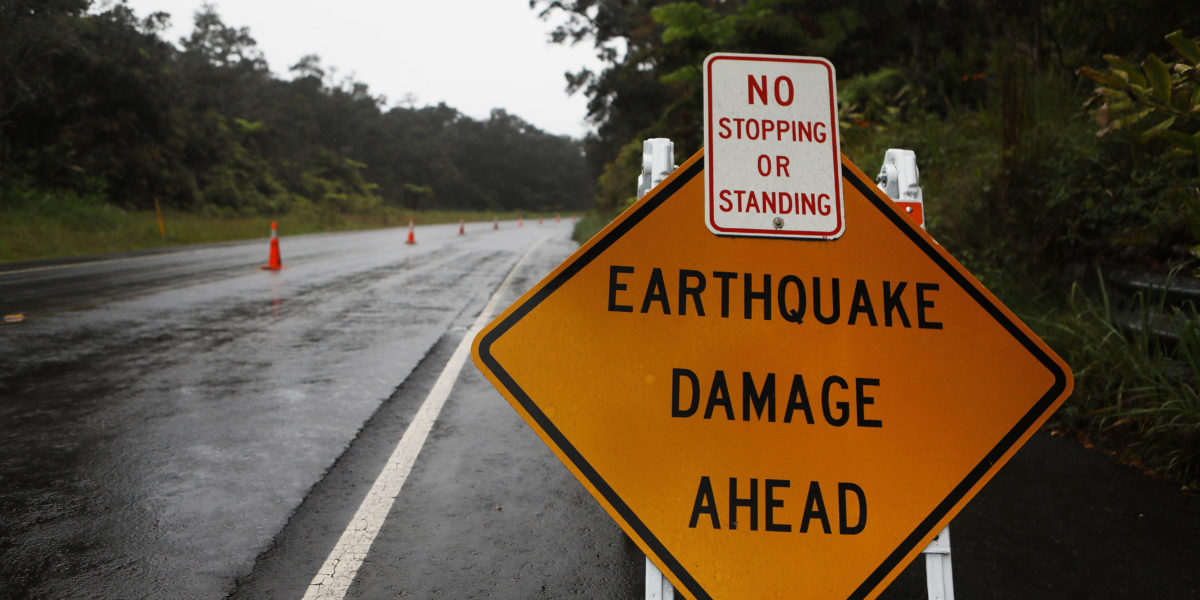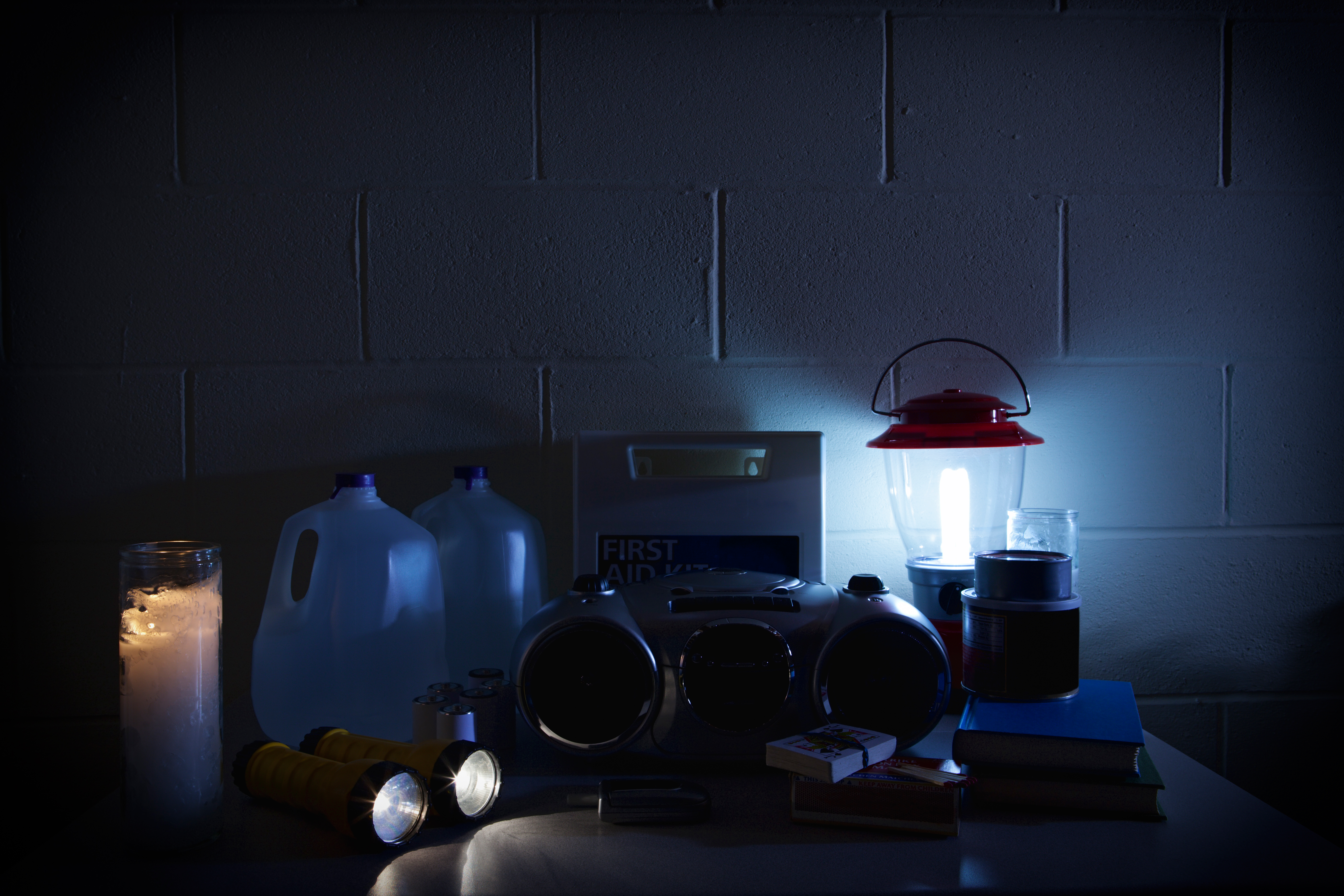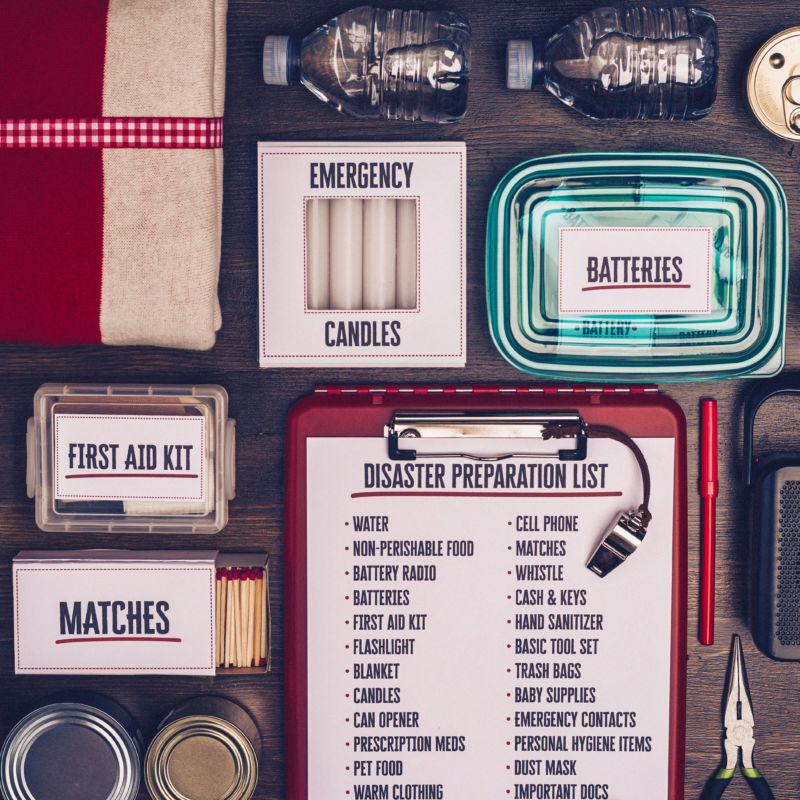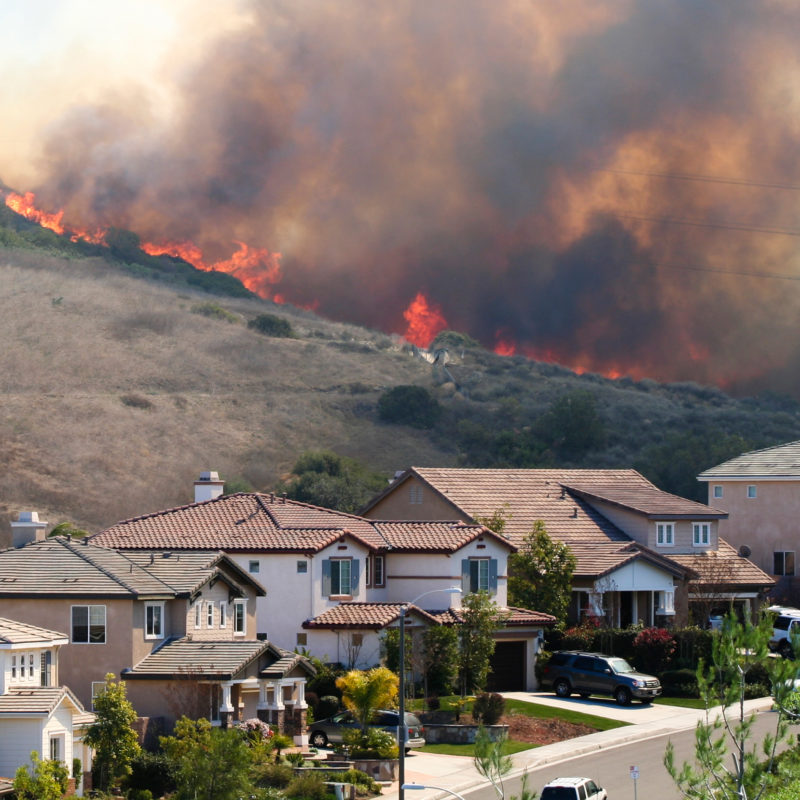
Do These Things to Survive a Natural Disaster—and the Aftermath
Keep yourself and your home safe by taking these preventative steps and stocking up on supplies to get through an earthquake, fire, flood, or other natural disaster.

Mario Tama/Staff/Getty Images
Considering the array of catastrophes that the West is prone to—earthquakes, wildfires, floods, even tsunamis—can be overwhelming. While it’s true that we can’t prevent or even forecast all of these events, we can prepare for them, and that act can bring some peace of mind. And of course you’ll be glad you did if the unthinkable should happen.
To make that process less overwhelming, we’ve compiled lists of all the essentials to stock and how to prepare for each type of emergency.
We only recommend things we love. If you buy something through our site, we might earn a commission.
Power Outage Preparation

JulNichols/Getty Images
Every disaster is different, but one common denominator is the likelihood that you will be without power for quite some time. That doesn’t just mean no light—it also means that your heat and air conditioning probably won’t work, and you won’t be able to keep your phone charged. The refrigerator will only keep food cold for a day or so. (It’s a good idea to keep a thermometer inside the fridge—if the temperature goes above 40, you’ll need to throw out all the food.)
Other consequences you might never have thought of include the fact that a gas stove may not light itself, and an electric one won’t work at all. Your garage door may be locked shut, too. (There’s probably a handle inside that disengages the lock and allows you to roll up the door by hand—make sure you know where that is before you need it.) Also, ATMs and POS systems could go down, so you’ll need to be prepared for that eventuality, too.
One possible solution is a gas-powered generator. But they’re expensive and noisy, and produce enough exhaust that they can only be run outside. They are also a weak substitute for a functioning power grid. If you really don’t think you can live without electric light, go for it, but we only recommend a generator if you’ve got machines that absolutely must keep running, such as life-sustaining medical equipment.
Blackout Emergency Kit

Getty Images/CatLane
A few things you should stash away in case of a power outage include:
- Flashlights
- Batteries
- Sweater/hoodie
- Blankets
- Matches
- Cash in small bills
- Portable charger (be sure to keep it powered up!)
- Charging cords
- Hand-cranked radio
- Water
- Canned food (don’t forget pet food and baby formula/bottles, too)
- Can opener
- Cups, plates, utensils
Earthquake Readiness
There are a few things you can do to minimize earthquake damage. If you own a freestanding house, bolt it to the foundation. Invest in having shear walls installed. Whether you own or rent, use bolts and furniture straps to keep heavy pieces in place, and museum wax to keep small, fragile things from falling over. (This is a smart thing to do with valuable bottles of wine, too.)
Once the home is shored up, make a plan about what you’re going to do the day disaster strikes. What if not everyone in the household is in the same place? Make a reunification plan. Think about how you might all get home, where you might stay if you can’t get back immediately, and where you can all rendezvous.
Earthquake Emergency Kit
To prepare for the possibility of staying in your home in the aftermath of an earthquake, start with the basic power-outage list and add:
- Sturdy shoes
- First-aid kit
- Bucket
- Toilet paper
- Baby wipes
- Water purification system
- Enough of any prescription medication to last at least a few days, preferably longer
Those are the very basic necessities. Click here for a more thorough list of nice-to-have items to consider including if there’s room.
Make sure all your kit items are in a sturdy box with a tight-fitting lid, and resist the temptation to stash it way out of the way. No, you don’t want to be tripping over it every day, but you don’t want it to be hard to find when you need it, either. So think upstairs closet, not the back corner of a storage area that might get blocked by rubble or lots of strewn belongings.



